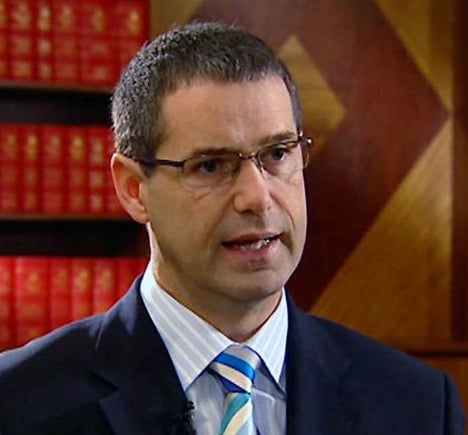Communications Minister Stephen Conroy has announced the Australian Government has decided to release 126 Megahertz of contiguous broadcasting spectrum as a digital dividend. This spectrum will become available as a result of the switch to digital-only television broadcasting, which will be completed in Australia by 31 December 2013.
This spectrum is known as the ‘digital dividend’ and will be released in one block of spectrum in the upper ultra-high frequency (UHF) band, in the frequency range 694 to 820 MHz.
Senator Conroy said the decision “will allow the necessary work on digital channel planning and the auction of the spectrum to commence. The ability to have high capacity internet access in a range of locations is proving valuable to users of 3G networks both in Australia and overseas, and demand is growing rapidly.”
UHF spectrum currently used for broadcasting services is highly valued for delivering wireless communications services, including super-fast mobile broadband. It is able to carry signals over long distances, penetrate buildings and carry large amounts of data.
In its submission to the Digital Dividend green paper, the Australian Mobile Telecommunications Association (AMTA) indicated that Australia’s economy could be boosted by up to $10 billion if at least 120 megahertz of usable spectrum is unlocked from the digital dividend. Television broadcasters did not support this position because they wanted some spare spectrum to have the possibility to develop 3D TV and other services. The Government aims to auction the digital dividend spectrum in the second half of 2012.
To release the spectrum, broadcasting services will need to be relocated out of the digital dividend spectrum and organised more efficiently within their remaining spectrum allocation, a process known as ‘restacking.’
The ACMA will now consult with potential spectrum purchasers, beginning with the release of a public discussion paper in the third quarter of this year setting out planning and allocation issues and options for new spectrum licences.
Uses of ‘digital dividend’ spectrum are expected to include advanced wireless broadband services, massively expanding the capacity of mobile telephone services to carry broadband data. Wireless broadband data traffic has begun to grow exponentially in recent years, driven by consumer devices such as Apple’s iPhone. There are widespread industry expectations this growth will continue according to ACMA’s Chris Chapman.
“The ACMA will plan the digital dividend in full consultation with spectrum users,” says Chapman.
“Yielding the digital dividend will require the closest of cooperation with the free-to-air television industry. Other uses of affected broadcasting spectrum will also require consultation and the development of options for future operations. For example, some wireless microphones used for stage productions and small scale public address will be affected by this decision.
“The ACMA is confident that suitable spectrum will be found for the continuation of wireless microphone operation.”
The ACMA has received additional funding for its work and has recently established a Digital Transition Division to get the job done.

